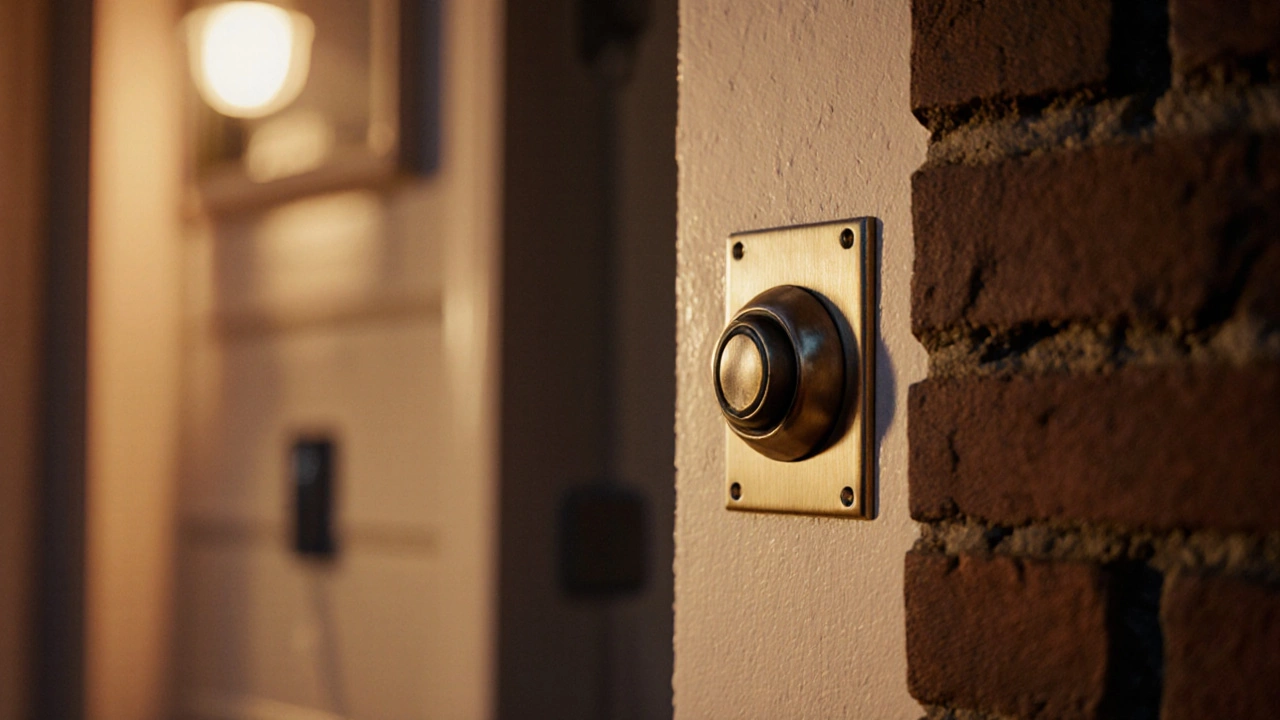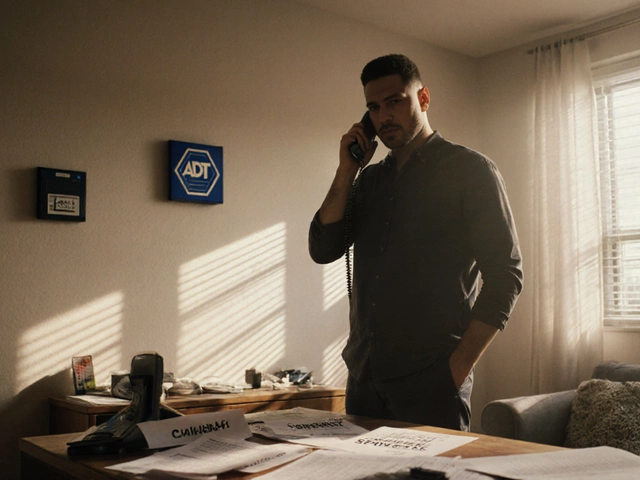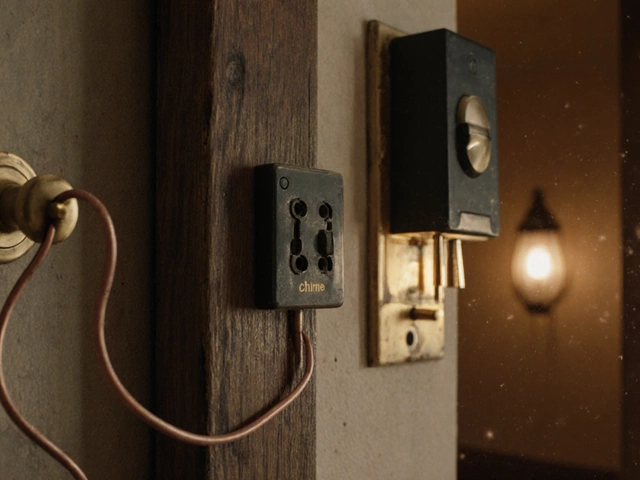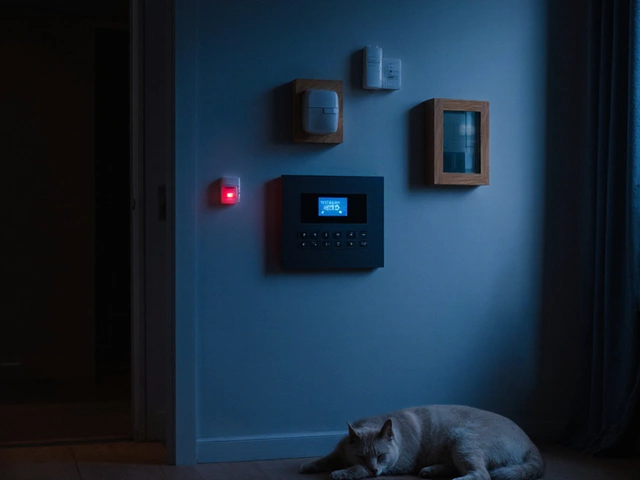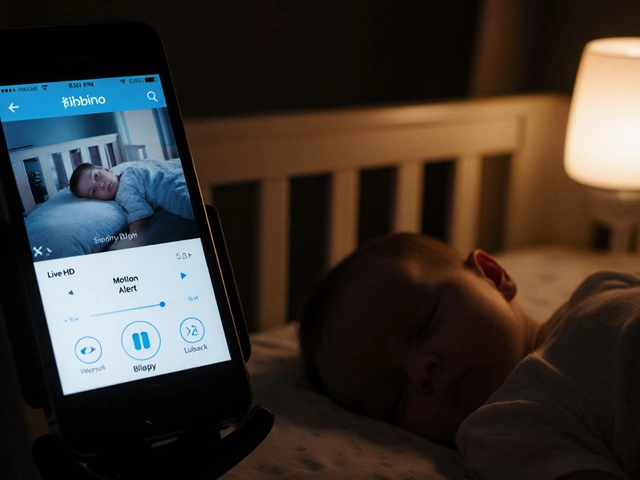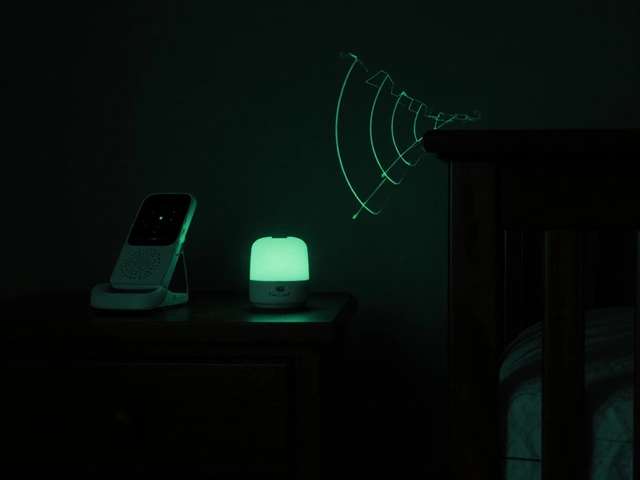Junction Box Requirement Checker
Answer these questions based on your doorbell installation situation. This tool will tell you whether you need a junction box according to UK wiring regulations (BS 7671).
Result:
Key Takeaways
- A junction box is usually required for any doorbell wiring that leaves the wall or passes through a bulkhead.
- The UK wiring regulations (BS 7671) dictate the need for a box when cables are spliced or exposed.
- Installing a box correctly involves securing it, using the right size, and keeping all connections tight and insulated.
- Exceptions exist for pre‑wired doorbell kits that terminate inside a purpose‑built enclosure.
- Always turn off the circuit at the breaker and test for live voltage before working.
What Exactly Is a Junction Box?
Junction box is a protective enclosure designed to house electrical connections, keeping them hidden from accidental contact and containing any sparks that might occur. In plain English, think of it as a small metal or plastic container that keeps the wires tidy and safe.
Why the Question Matters
If you’re swapping an old wired doorbell for a new smart model, you’ll quickly wonder whether you need to add a box, drill a hole, or just snap the new unit onto the existing wires. Getting this wrong can void warranties, trip the breaker, or even breach UK law.
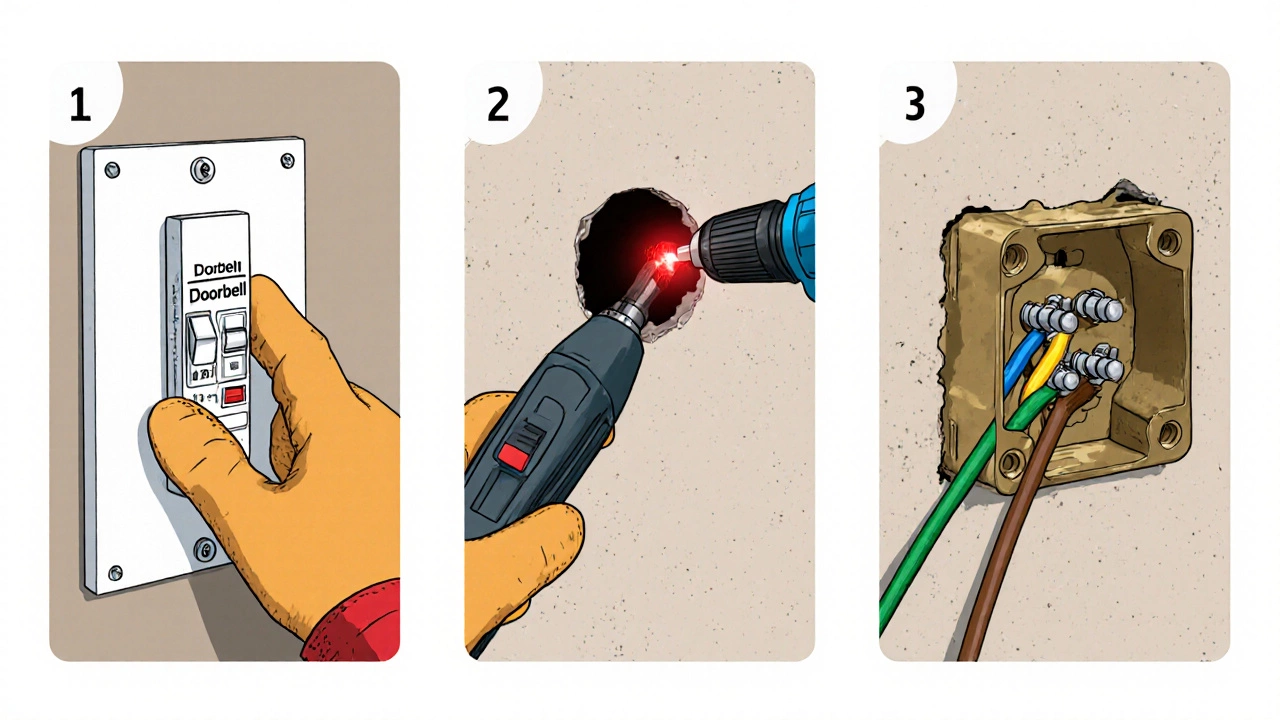
UK Wiring Regulations (BS 7671) - The Bottom Line
The national wiring code, BS 7671, is the rulebook electricians follow. Two sections are especially relevant:
- Regulation 521.1.1 - Every splice or termination that isn’t part of a listed product must be in a suitable enclosure.
- Regulation 514.3.1 - Cables that pass through a wall, floor or bulkhead need a connector or box to maintain fire‑resistance.
In practice, this means that if the doorbell wires are simply clipped inside a decorative plate, you’re still expected to have a box behind that plate unless the whole assembly is a certified “plug‑and‑play” kit.
When a Junction Box Is Required for Doorbell Wires
| Scenario | Box Needed? | Reason |
|---|---|---|
| Wires exit the wall and are spliced. | Yes | Regulation 521.1.1 - protects splices. |
| Pre‑wired smart doorbell kit with integrated enclosure. | No | Enclosure is part of a listed product. |
| Cables run through a bulkhead without a connector. | Yes | Regulation 514.3.1 - maintains fire barrier. |
| Existing wired doorbell with wires hidden inside a plaster cavity. | Yes (if accessible) | Future work may require safe access. |
How to Install a Junction Box for a Doorbell
Following these steps will keep you on the right side of BS 7671 and avoid nasty shocks.
- Turn off the circuit at the breaker labeled “doorbell” or “intercom”.
- Use a non‑contact voltage tester on the two wires to confirm they’re dead.
- Choose a box that matches the cable size - typically a 20mm×20mm metal box for 1.5mm² twin&earth (T&E) cable.
- Drill a 16mm hole (if using a metal box) and insert the box so the front flange sits flush with the wall surface.
- Run the T&E cables into the box, leaving at least 10mm of slack for connections.
- Strip 10mm of insulation, connect the live (brown) to the doorbell's live terminal, the neutral (blue) to the neutral terminal, and the earth (green/yellow) to the earth screw.
- Secure the connections with appropriate terminals, then close the box with its screw‑tight cover.
- Mount the doorbell faceplate over the box, ensuring no wires are pinched.
- Switch the breaker back on and test the chime.
Remember, in most UK homes you’ll need a junction box for doorbell wiring. Skipping this step can lead to a failed inspection or a fire hazard.
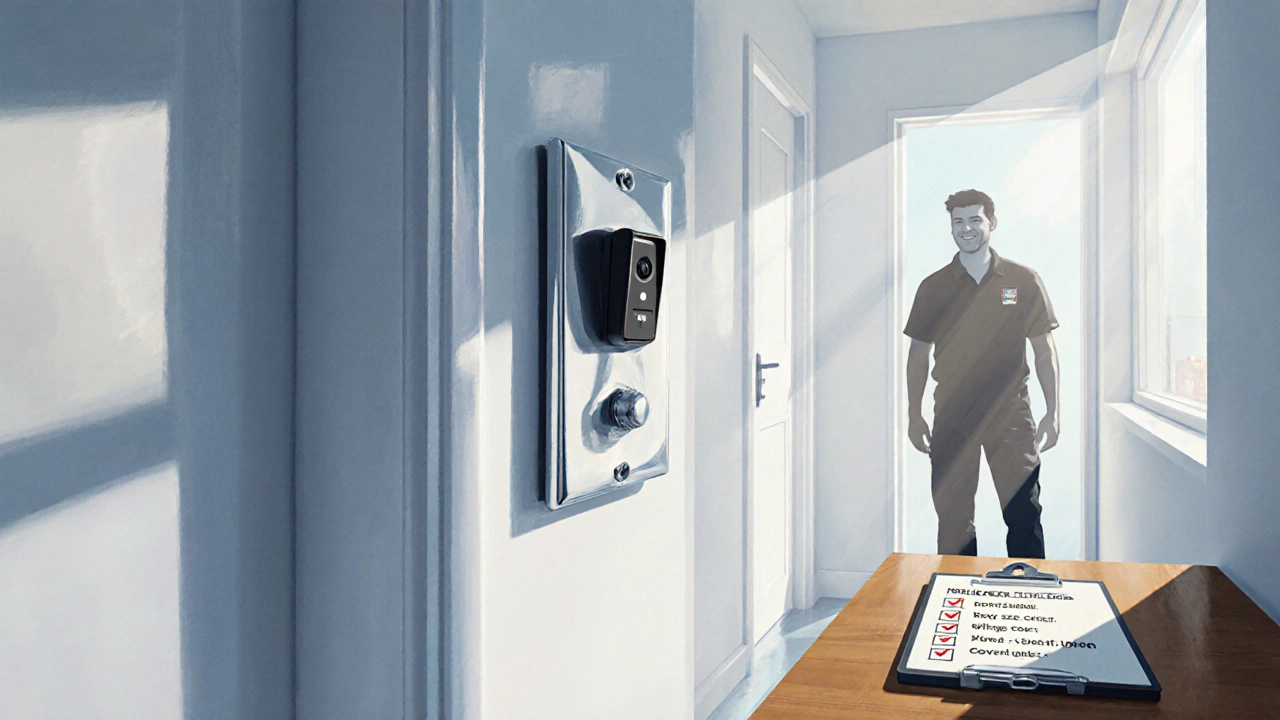
Common Mistakes & Safety Tips
- Skipping the earth connection. Even low‑voltage doorbells benefit from a solid earth path.
- Using a plastic box for metal‑clad cable - metal boxes provide extra mechanical protection.
- Over‑tightening the box screws - this can crack plaster and compromise the seal.
- Leaving excess wire exposed - always tin the ends and keep them inside the box.
- Failing to label the breaker - future DIYers will thank you.
Quick Installation Checklist
- Breaker off and voltage tested?
- Box size matches cable gauge?
- Box securely anchored to a stud or joist?
- All three conductors (live, neutral, earth) correctly terminated?
- Cover tightly fastened and no stray strands?
Frequently Asked Questions
Do I need a junction box if my doorbell is battery‑powered?
Battery‑only units don’t require a box because they have no permanent wiring. However, if you later add a hard‑wired chime, you’ll need a box for the new cables.
Can I use a waterproof outdoor box for an indoor doorbell?
Yes, a waterproof box works fine indoors and adds extra protection, but it’s over‑kill for most standard front‑door installations.
What size conduit should I run into the junction box?
A 20mm rigid conduit is typical for 1.5mm² twin&earth cable. If you’re future‑proofing for smart doorbell accessories, a 25mm conduit gives extra space.
Is a plastic junction box ever acceptable?
Plastic boxes are allowed for low‑current lighting circuits, but for doorbell wiring-which may be part of a low‑voltage alarm system-metal boxes are preferred for durability and grounding.
How do I know which breaker controls the doorbell?
Look for a labelled miniature circuit breaker (MCB) in the consumer unit. If it’s unlabeled, turn off each MCB one at a time and test the doorbell with a voltage tester until it goes dead.

